With the brand new and much ballyhooed National Football League season almost underway for real, all kinds of gridiron language will be coming your way, some familiar, other times, baffling.
The words and phrases are spoken and written day after day, year after year - generally without any wonderment as to how they became part of the language. All have a history, a story.
Here for your reading pleasure is some timely gridiron gems explained, just a sampling of millions of terms. As always, reactions and suggestions most welcome.
NEW ENGLAND PATRIOTS: A group of New England sportswriters picked Patriots as a tribute to Patriot Day, which celebrates Paul Revere’s ride. The team originally located in Boston, was named the Patriots because of the area’s heritage as the birthplace of the American Revolution.
PHILADELPHIA EAGLES: Bert Bell established his NFL franchise in Philadelphia in 1933 at a time the United States was suffering through the Great Depression. New president Franklin D. Roosevelt had introduced his “New Deal” program through the National Recovery Administration, which had the Blue Eagle as its symbol. Since Bell hoped his franchise also was headed for a new deal, he picked Eagles as the team name.
STEEL CURTAIN: The term “Steel Curtain” was used to describe the Pittsburgh Steelers defensive unit for almost a decade, starting in the mid-1970s. Four players from those teams are in the Pro Football Hall of Fame: “Mean” Joe Greene, Jack Ham, Jack Lambert and Mel Blount. Others linked in the public eye associated with the “Steel Curtain ”include: L.C. Greenwood, Dwight White, and Ernie Holmes.
ROCKY: Football star Robert Patrick Bleier was always better known as Rocky. The son of an Appleton, Wisconsin bar owner, Bleier explained how he got his nickname: “Our living quarters were in the back section of the ground floor, just off the dining room ... In my first few weeks, Dad would bring some of his customers back to the bedroom to take a peek at his son ... ”‘... Son of a bitch looks like a little rock,’ my dad would whisper proudly. “So I was Rocky before I ever departed the crib.”
Bleier was the 417th player drafted in the 1968 draft out of Notre Dame and went on to become Pittsburgh’s inspirational leader and their “rock.”
TAXI SQUAD: Art McBride, original owner of the Cleveland Browns, owned several Cleveland-area taxicab companies in the 1940s, a time NFL rosters were set at 33 players. Players cut by the Browns drove McBride taxis allowing him to replace injured players immediately with well-skilled taxi drivers. The term has become interchangeable for players on a reserve list.
TERRIBLE TOWELS: Fans of the Pittsburgh Steelers wave the golden “schmatas” celebrating their team and taunting opponents.
SUPER BOWL: The merger of the American Football League and the National Football League in 1966 led to the need for a championship game. The first contest was played on January 15, 1967, and although officially it was known as the AFL-NFL World Championship Football game, its unofficial name, the Super Bowl, was used in the media, by the fans, and by the players—and the name has stuck.
The ongoing explanation through the years as to how the high-sounding name came about is that at an owner’s meeting centering on a discussion of what to call the game is that one of the moguls, Lamar Hunt, owner of the Kansas City Chiefs, had seen a high bouncing “super ball” in action that belonged to his children. Not too taken with the long and ordinary-sounding suggestion for what would become pro football’s ultimate game, Hunt suggested the name Super Bowl, but the name was not received with much enthusiasm. Nevertheless, the media liked it, the fans liked and by the third “Super Game” the “Super Bowl” was its official name.
The first Super Bowl saw the first dual-network color-coverage simulcast of a sports event in history, and attracted the largest viewership ever to witness a sporting event up to that time. The Nielsen rating indicated that 73 million fans watched all or part of that game on one of the two networks, CBS or NBC. In actuality, the game was a contest between the two leagues and the two networks, for the CBS allegiance was to the NFL, and the NBC allegiance was to the American Football League, which it had virtually created with its network dollars.
The Super Bowl from the start has been designated with a Roman numeral rather than by year—a move that gave the contest a sense of class, and at the same time, of continuity. You can read more about it in my upcoming book: WHEN IT WAS JUST A GAME: REMEMBERING SUPER BOWL ONE, to be published fall 2015.
Harvey Frommer is in his 39th year of writing books. A noted oral historian and sports journalist, the author of 42 sports books including the classics: best-selling “New York City Baseball, 1947-1957″ and best-selling ”Shoeless Joe and Ragtime Baseball,” his acclaimed Remembering Yankee Stadium was published in 2008 and best-selling Remembering Fenway Park was published to acclaim in 2011. The prolific Frommer is at work on WHEN IT WAS JUST A GAME, AN ORAL HISTORY OF SUPER BOWL ONE (2015).
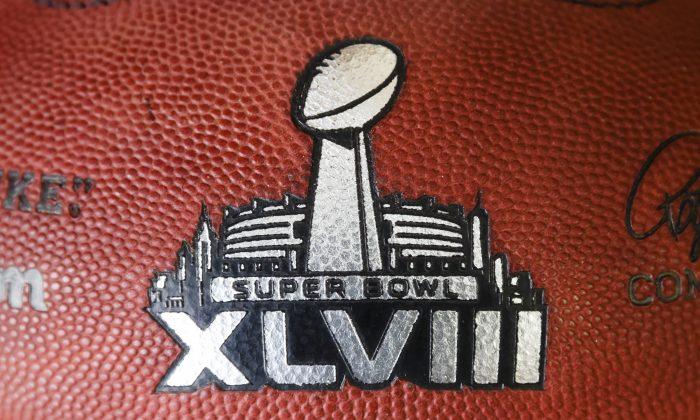
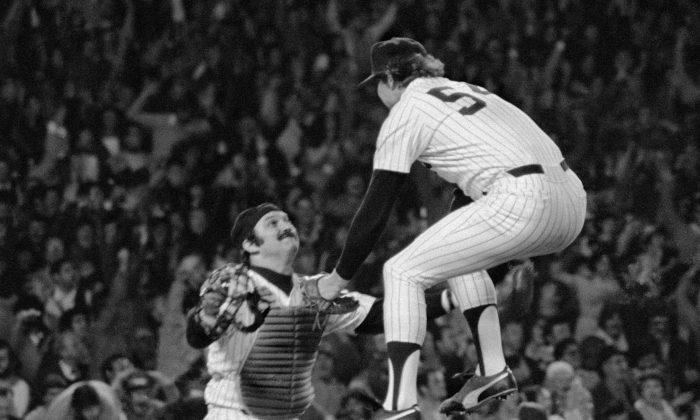
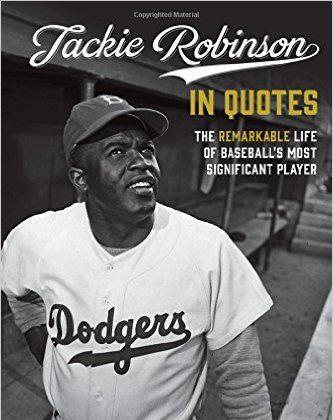
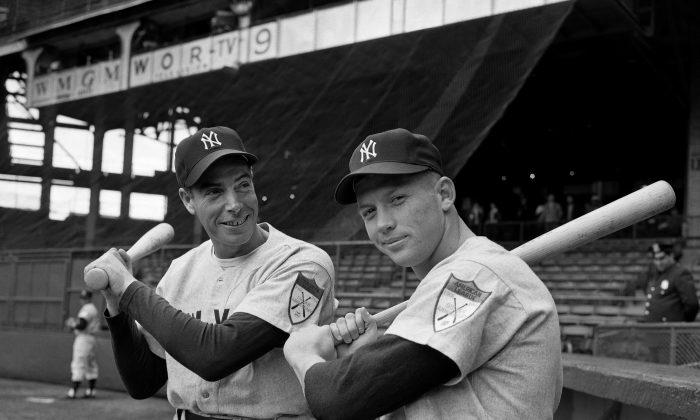
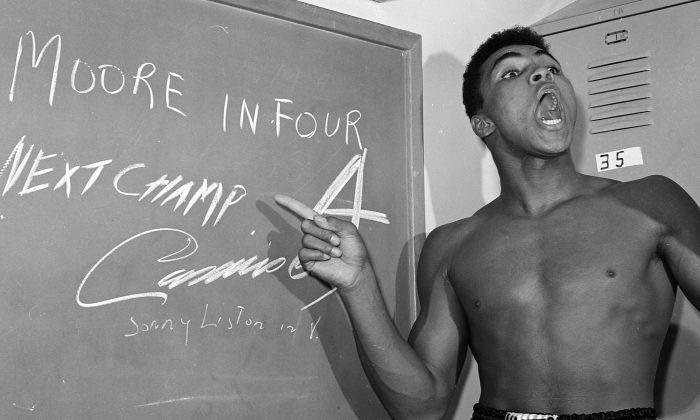
Friends Read Free